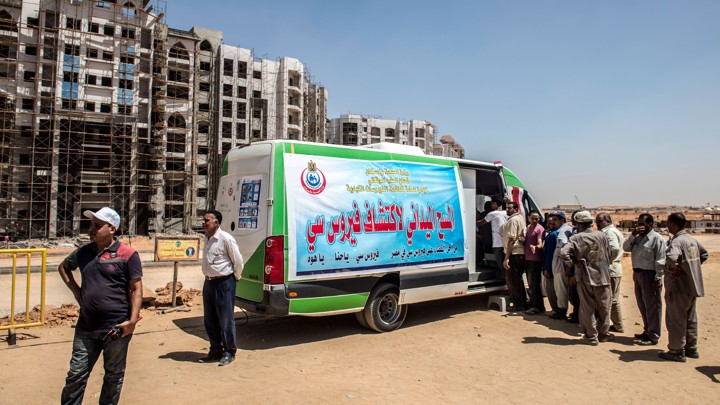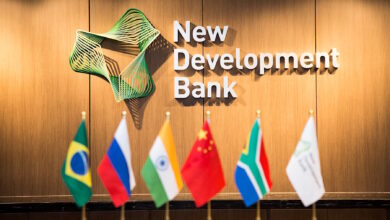On 12 December 2004, dozens of people gathered outside the attorney general’s office, making demands far beyond the established boundaries of free expression for the time. Their banners read, "No to power inheritance," “Down with Hosni Mubarak" and "The Egyptian Movement for Change… Kefaya.”
That was the first public appearance of Kefaya, the group that went on to organize a series of protests pressuring the regime to make concessions.
Although the protesters in those days were few, their protests were remarkable because they gained heavy media coverage outside Egypt. It was the first time since the 1970s that Egyptians had raised banners demanding the resignation of a president.
Kefaya is a pressure group that incorporates a variety of other political groups. In a document composed by 300 of Egyptian intellectuals, the member groups agreed to voice demands for real change in Egypt, including an end to corruption and a fair political system.
George Ishaq became general coordinator of the movement, which had by then gained the support of thousands of Egyptians. When protests resumed during the first three months of 2005, Mubarak made a speech in March announcing that he had asked parliament to amend Article 76 of the Constitution to allow for a direct presidential election with multiple candidates, rather than holding a referendum on a single candidate.
Kefaya then started to hold protests in working-class neighborhoods and poorer governorates — away from the traditional locations for protests, like the Journalists Syndicate, the attorney general’s office, Tahrir Square and outside parliament.
Security forces had frequent confrontations with Kefaya. On 25 May 2005, the day slated for a referendum on amendments to Article 76, thugs harassed female protesters in a demonstration outside the Journalists Syndicate. Security forces assaulted dozens of activists.
In September of the same year, the movement staged a rally on the day of presidential elections. Around 10,000 citizens took part, marching around Cairo and shouting slogans against Mubarak, his son Gamal and Interior Minister Habib al-Adly.
Protests were staged across 23 governorates, as well as in Cairo’s Sayeda Zeinab and Shubra districts for the first time. As the protests continued, many more Egyptians expressed sympathy with Kefaya.
In January 2007, the intellectual Abdel Wahab al-Meseiry was chosen as general coordinator for the movement, succeeding Ishaq. He remained in his position until he died on 3 July 2008. He was followed by journalist Abdel Halim Qandil.
The movement continued to be active until 2008, when it joined mass protests at Mahalla al-Kubra, where on 6 April factory workers staged a strike. Thousands of Egyptians across the country participated in the strike out of solidarity with the workers. However, the movement’s role was greatly diminished by security force activity from that point onwards.
In January 2011, the movement chose Islamist journalist Magdy Ahmed Hussein as its general coordinator. Another coordinator, Mohamed al-Ashqar, was selected as a successor.
Observers note that the movement’s role effectively ended after the fall of Hosni Mubarak, in large part because the movement’s two key demands — the end of Mubarak's rule and the prevention of his son taking over — had been achieved.
Translated from Al-Masry Al-Youm




